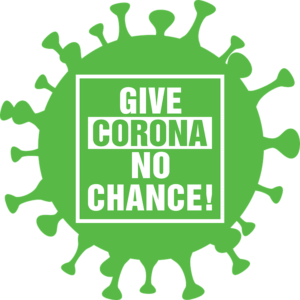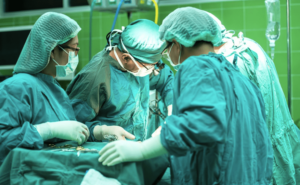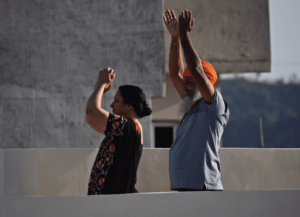In this enlightening video from the Age Gracefully Show, Dr. Michael Grossman, a distinguished anti-aging specialist, delves into the challenges of healing injuries as we age and presents natural approaches, including stem cell therapy and regenerative techniques, to promote healing and recovery. Dr. Grossman’s extensive experience and expertise shine through as he explains the science behind these therapies and their potential to rejuvenate joints, tendons, ligaments, and cartilage without resorting to surgery.
Key Points:
- Introduction to Regenerative Medicine: Dr. Grossman introduces himself as an anti-aging physician with a rich background in the field of regenerative medicine. He emphasizes the collaborative approach to aging gracefully, involving both patient responsibility and medical intervention.
- Injuries and Aging: Dr. Grossman contrasts the healing process of skin injuries with that of tendons, ligaments, and cartilage. He explains why injuries to joints and connective tissues often struggle to heal due to their dense structure and limited blood supply. Skin injuries, on the other hand, heal more easily due to the presence of blood vessels.
- Platelet-Rich Plasma (PRP): Dr. Grossman discusses platelet-rich plasma therapy, where platelets from the patient’s blood are concentrated and injected into injured areas to stimulate repair signals and attract repair cells. He emphasizes its effectiveness in promoting healing and restoring functionality.
- Exosomes for Healing: Dr. Grossman introduces exosomes, small signaling packets derived from amniotic fluid, and discusses their potential to stimulate tissue repair. He explains how exosomes can be used to encourage healing in joints and damaged tissues.
- Stem Cell Therapy: Dr. Grossman elaborates on the transformative power of stem cells sourced from the patient’s own fat tissue. He details the process of extracting and activating stem cells before injecting them directly into the injured area, promoting repair and regeneration.
- Success Stories: Dr. Grossman shares real-life success stories of individuals who experienced significant improvements in joint function and pain reduction after undergoing stem cell therapy. He highlights instances where patients, even those recommended for surgery, achieved remarkable recovery through these natural interventions.
- Invitation to Explore: Dr. Grossman encourages viewers to consider these natural regenerative options, particularly for injuries that have been slow to heal or have led to chronic pain. He invites individuals to reach out and explore the potential benefits of these therapies.
Review:
Dr. Michael Grossman’s presentation on naturally healing injuries through stem cell therapy and regenerative techniques is informative and inspiring. His clear and knowledgeable explanations demystify complex medical concepts, making them accessible to a wider audience. Dr. Grossman’s passion for helping individuals age gracefully and maintain their quality-of-life shines through, and his personal anecdotes of success stories add credibility to the discussed therapies.
The video highlights the challenges of healing injuries as we age and presents viable solutions that align with the body’s natural healing processes. Dr. Grossman’s invitation to explore these therapies demonstrates his commitment to offering effective, minimally invasive alternatives to surgical interventions.
Overall, this video provides valuable insights into the world of regenerative medicine and offers hope to individuals seeking natural, non-surgical approaches to healing injuries and promoting well-being.
[Note: This review is based on the provided transcript of the video.]




